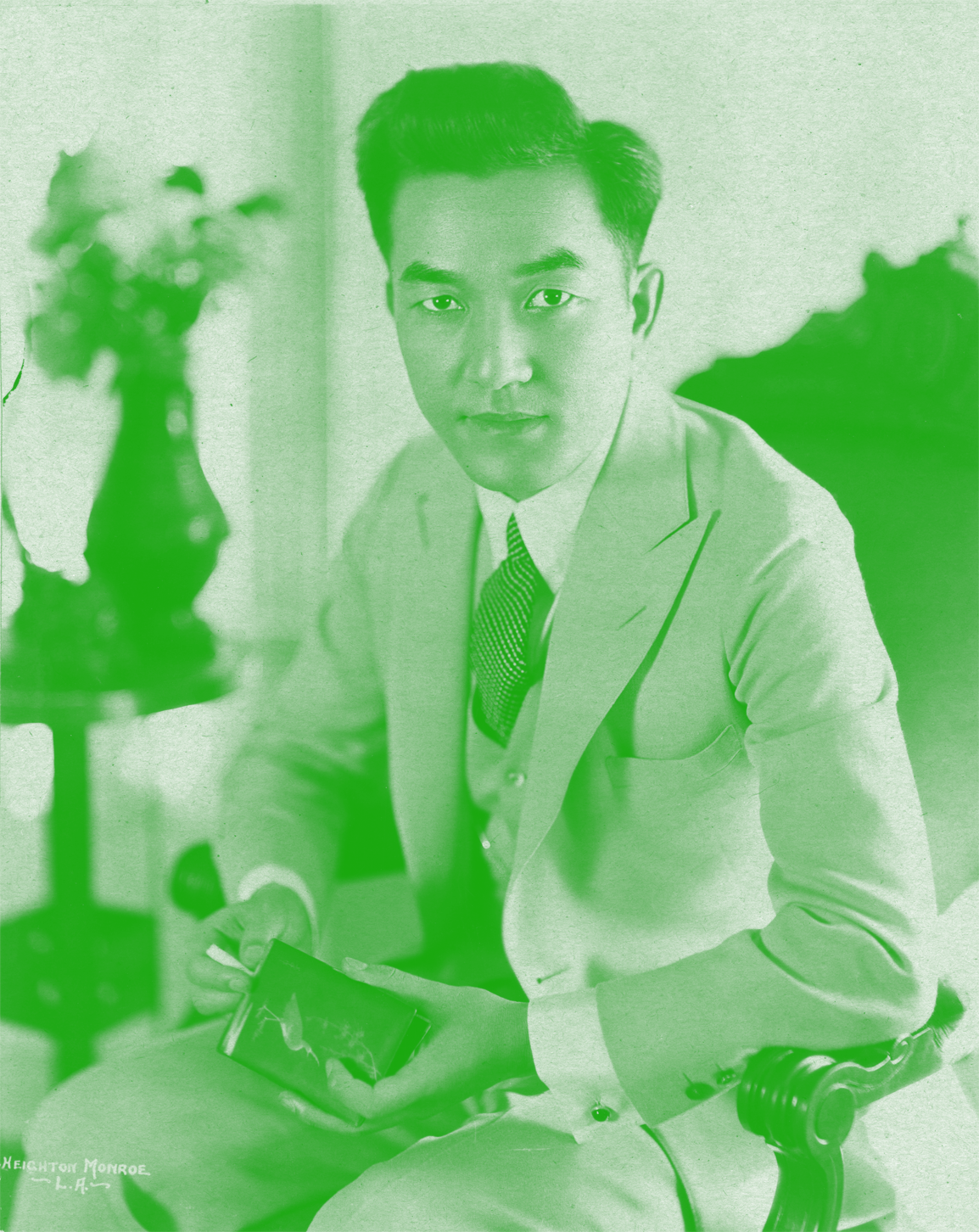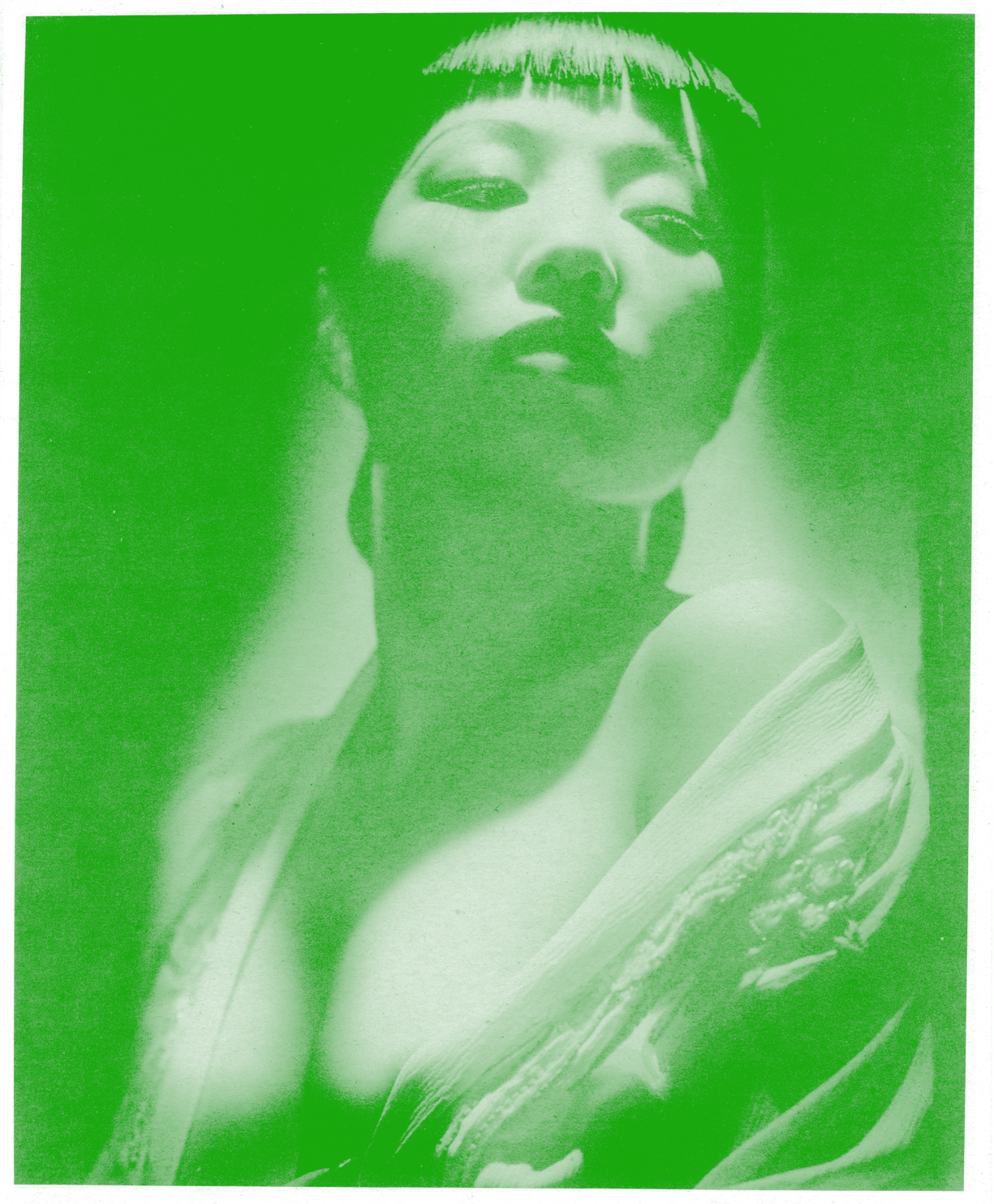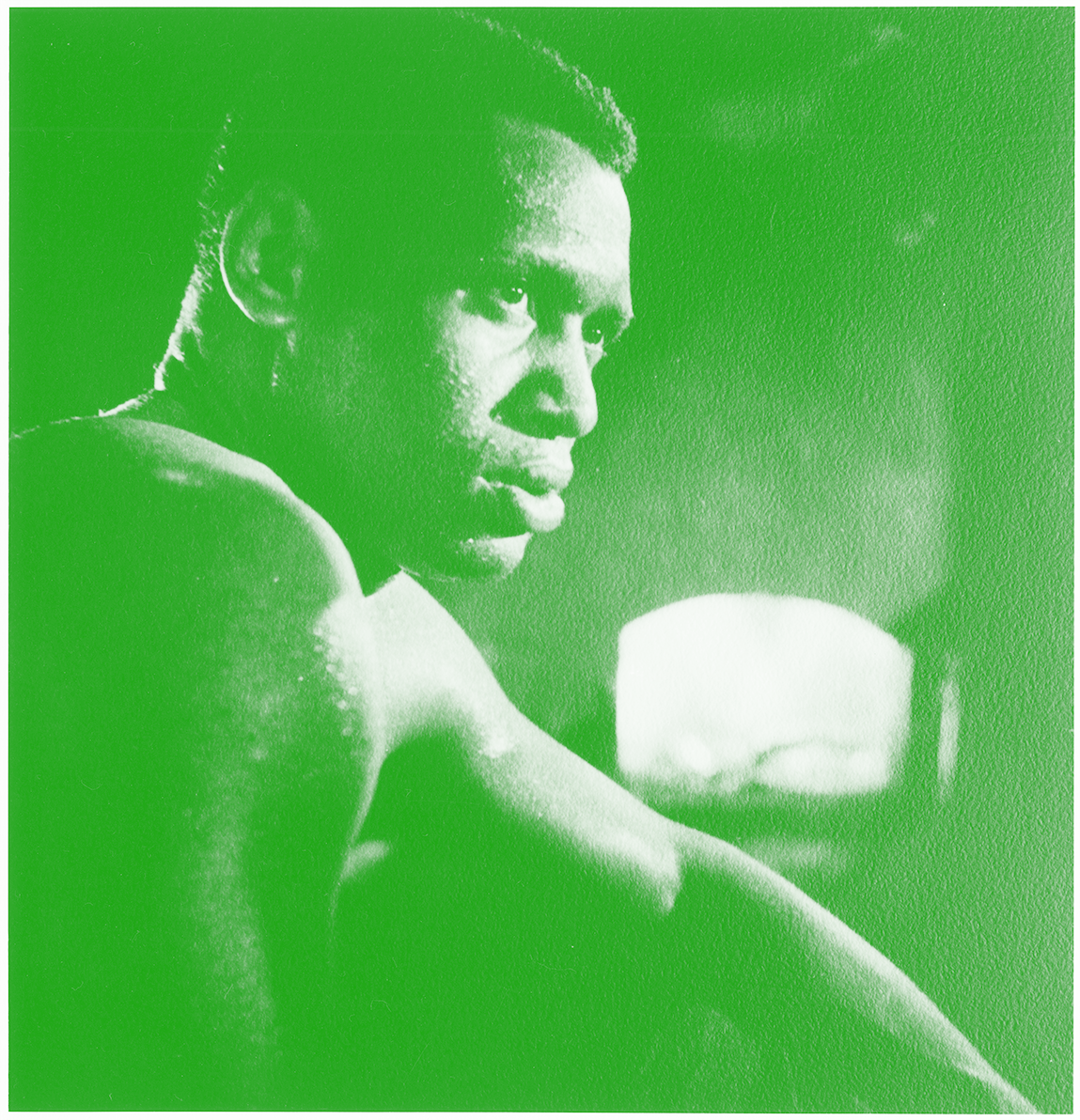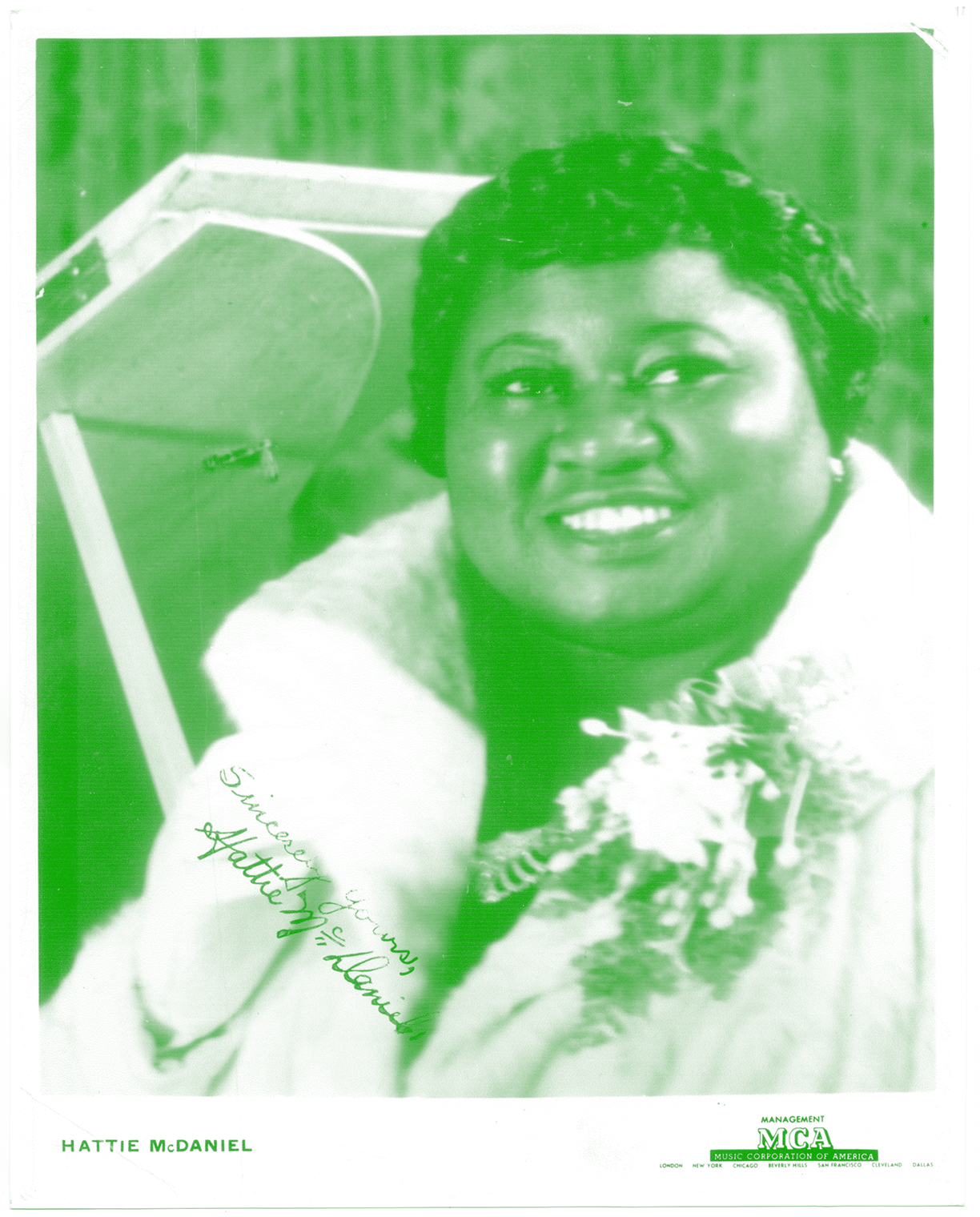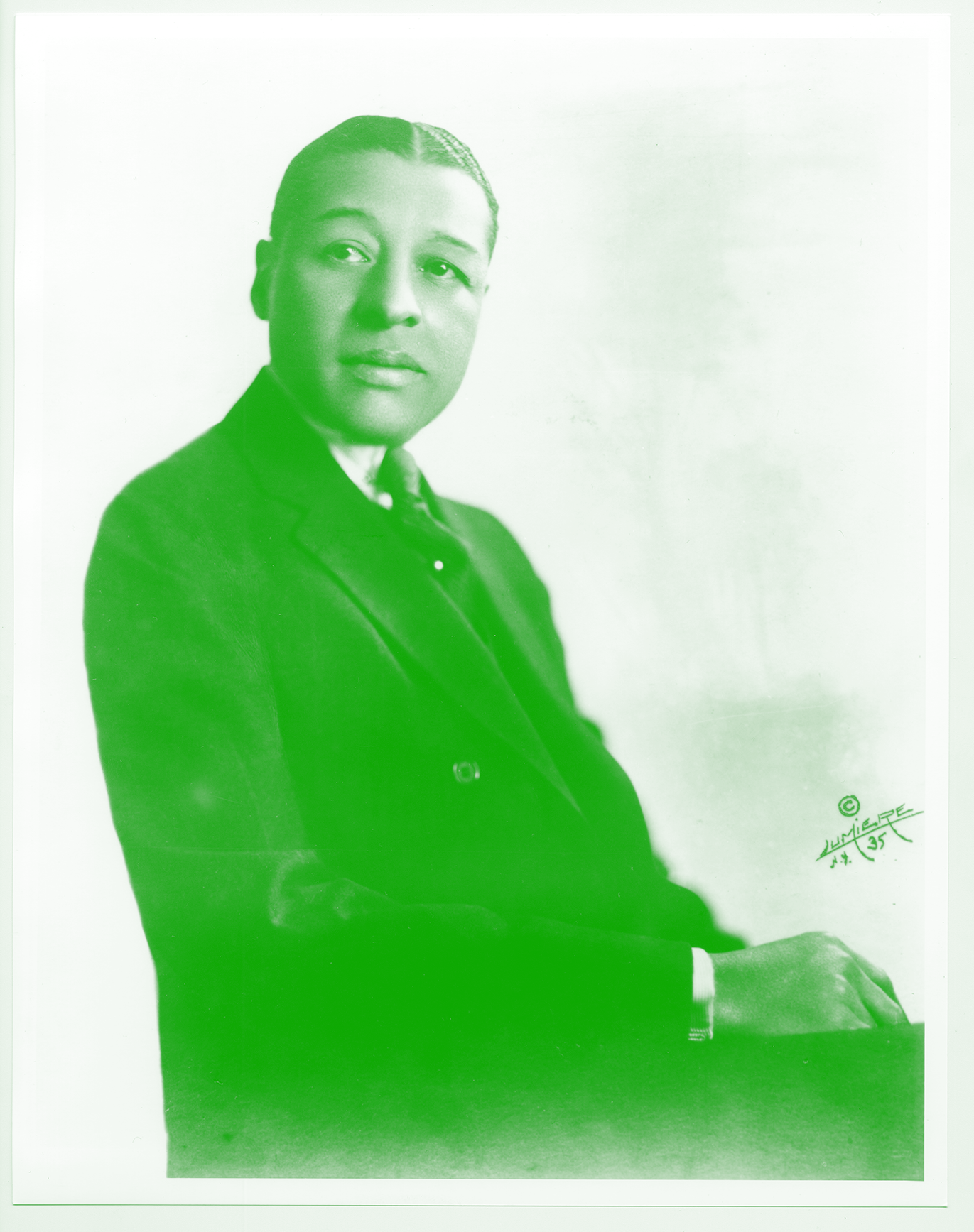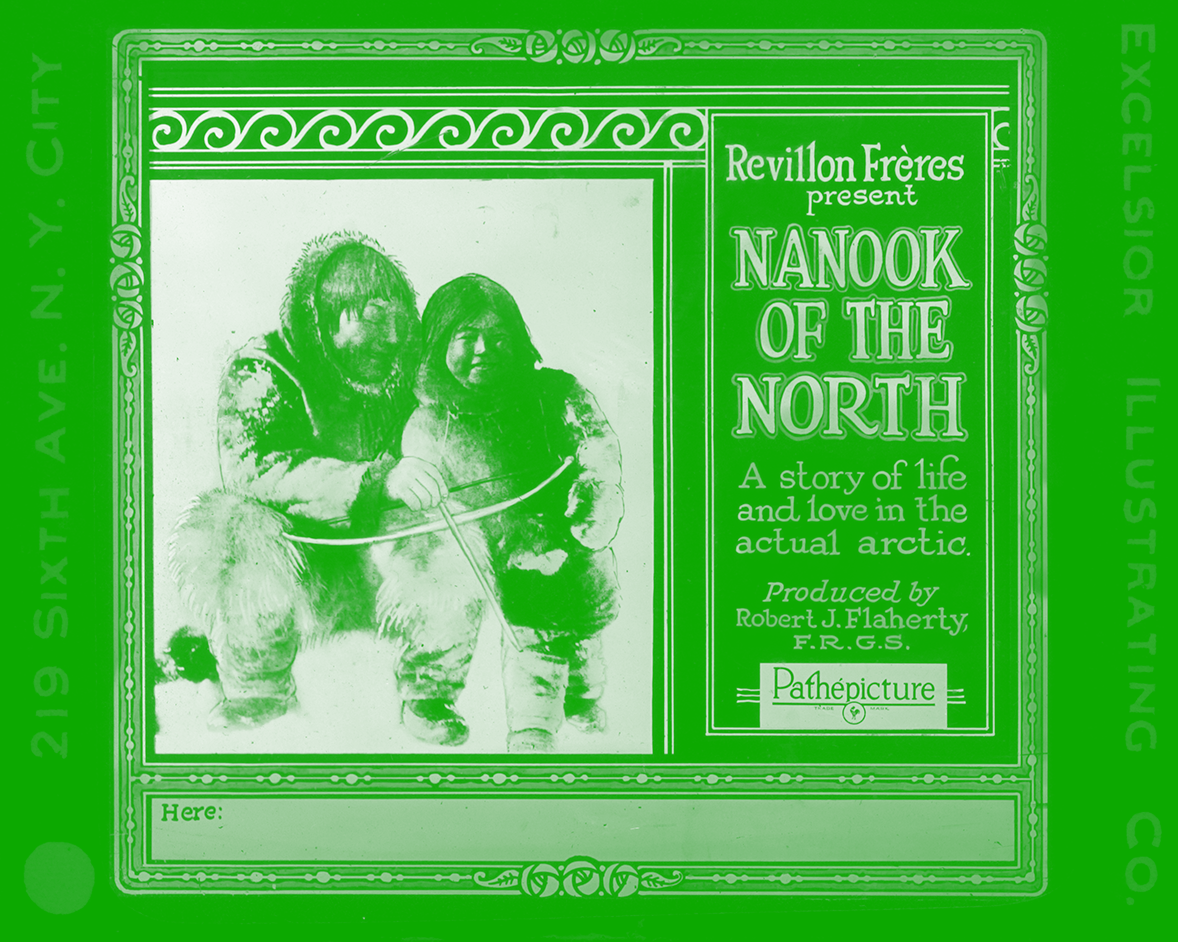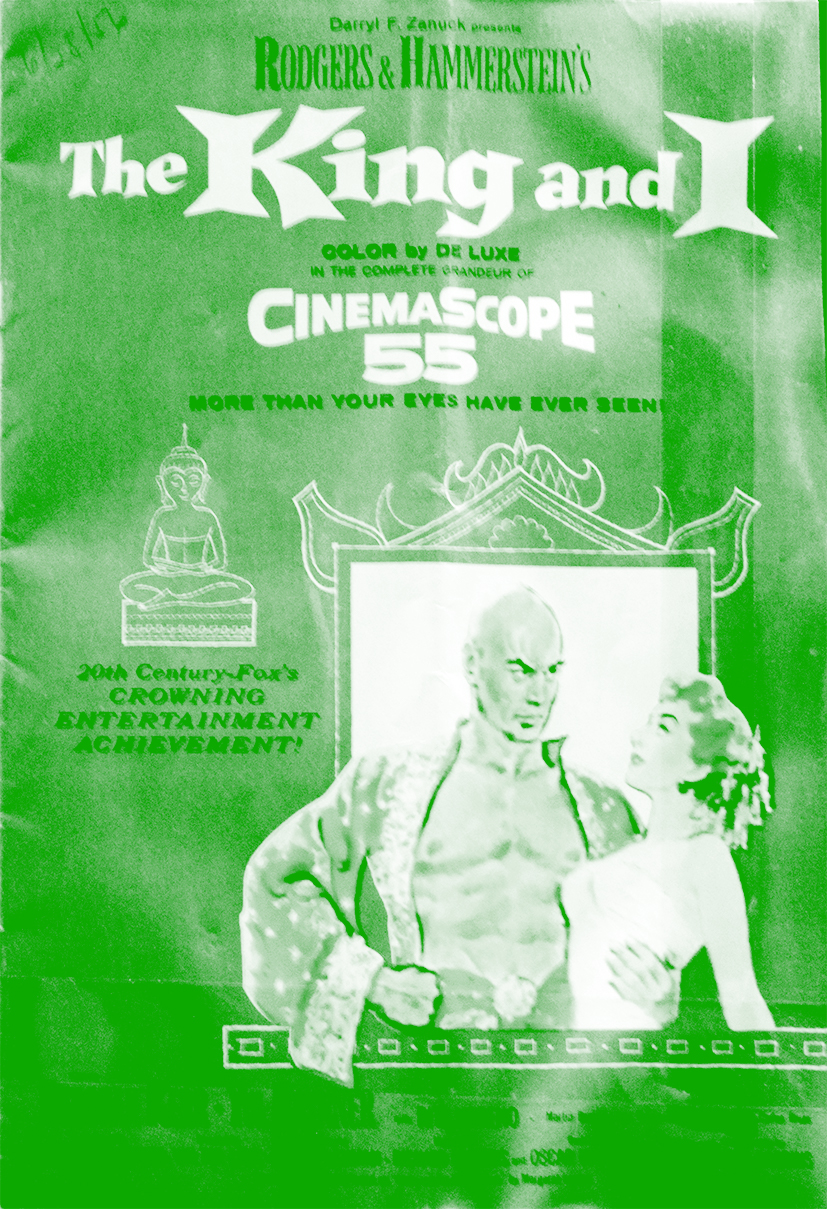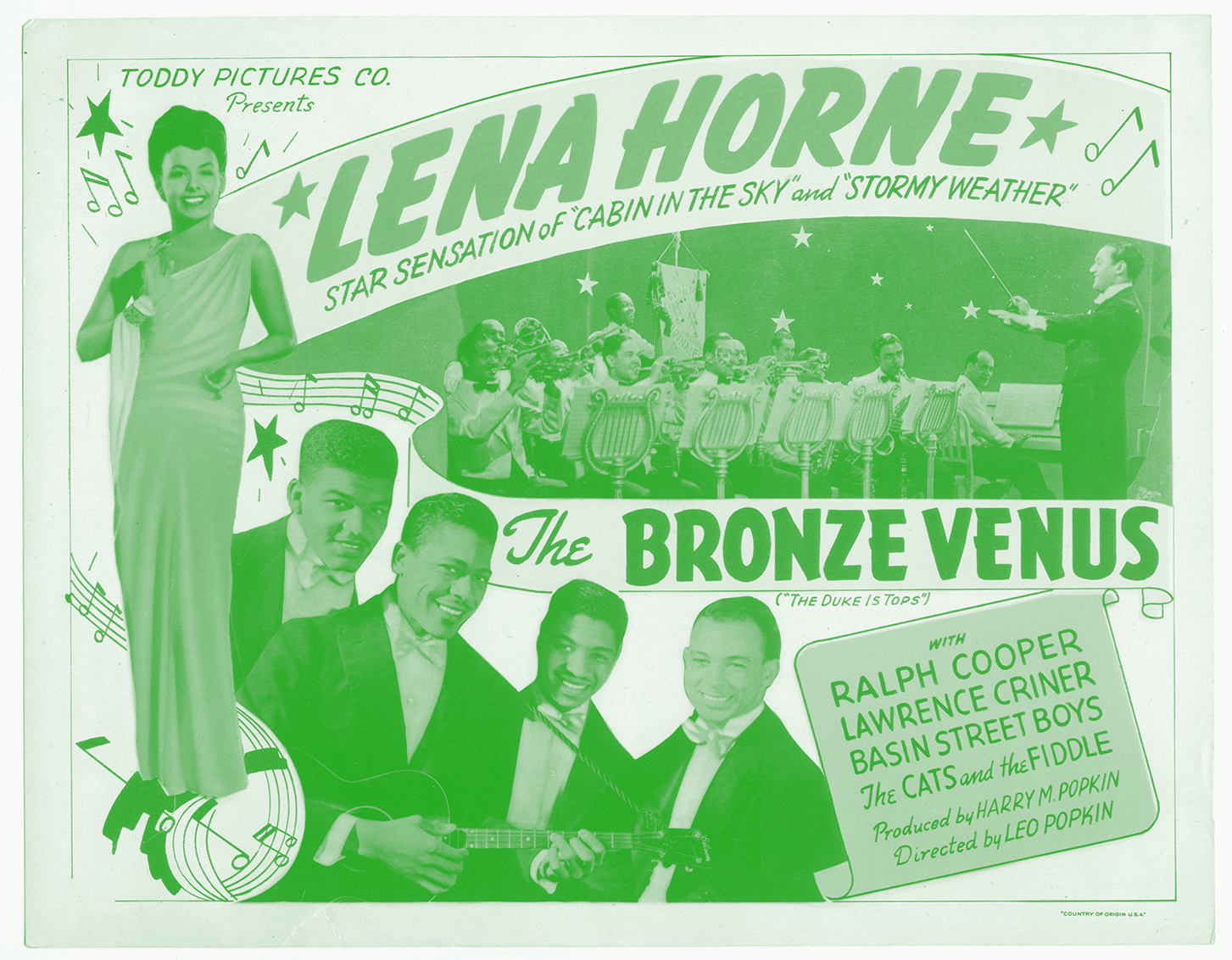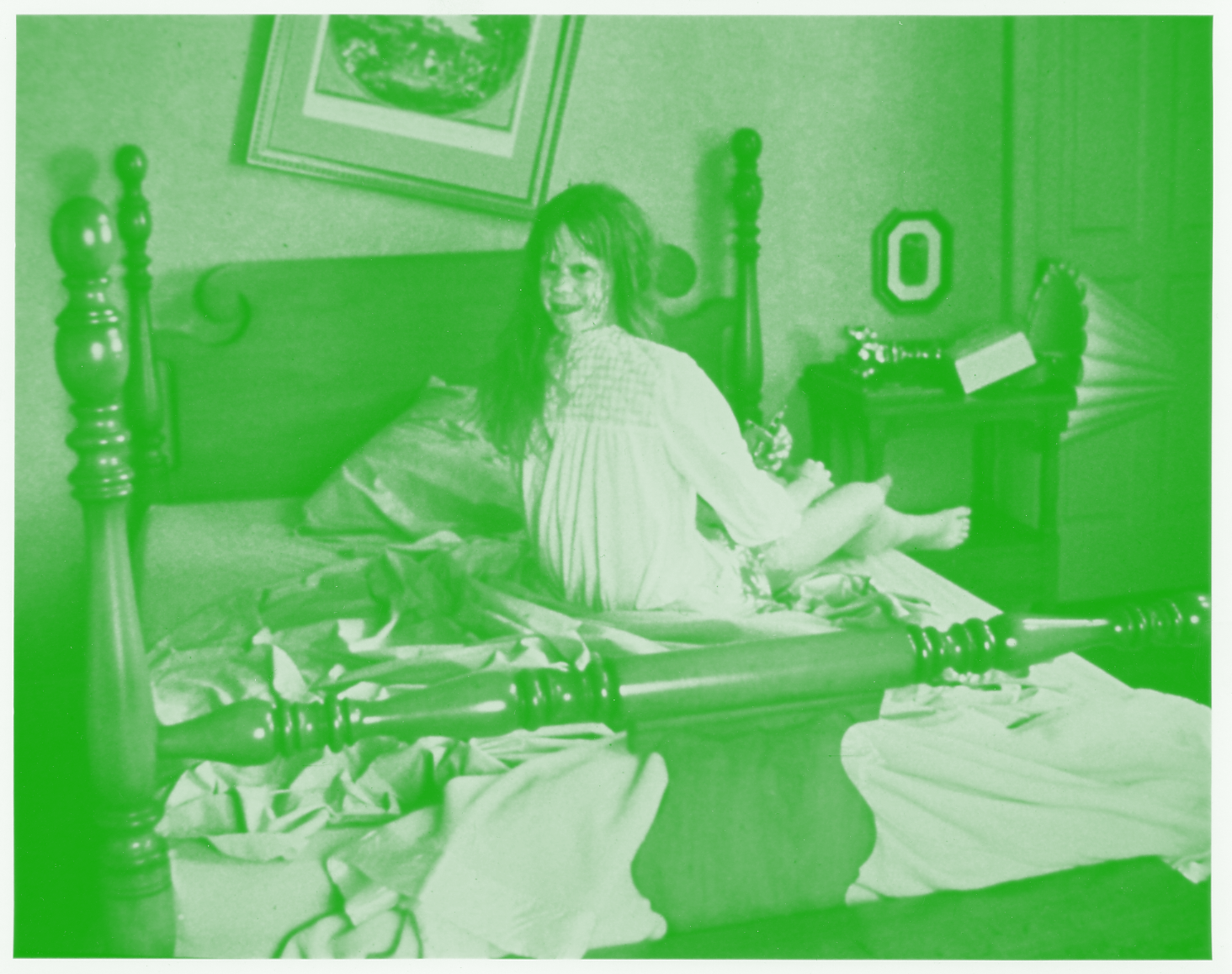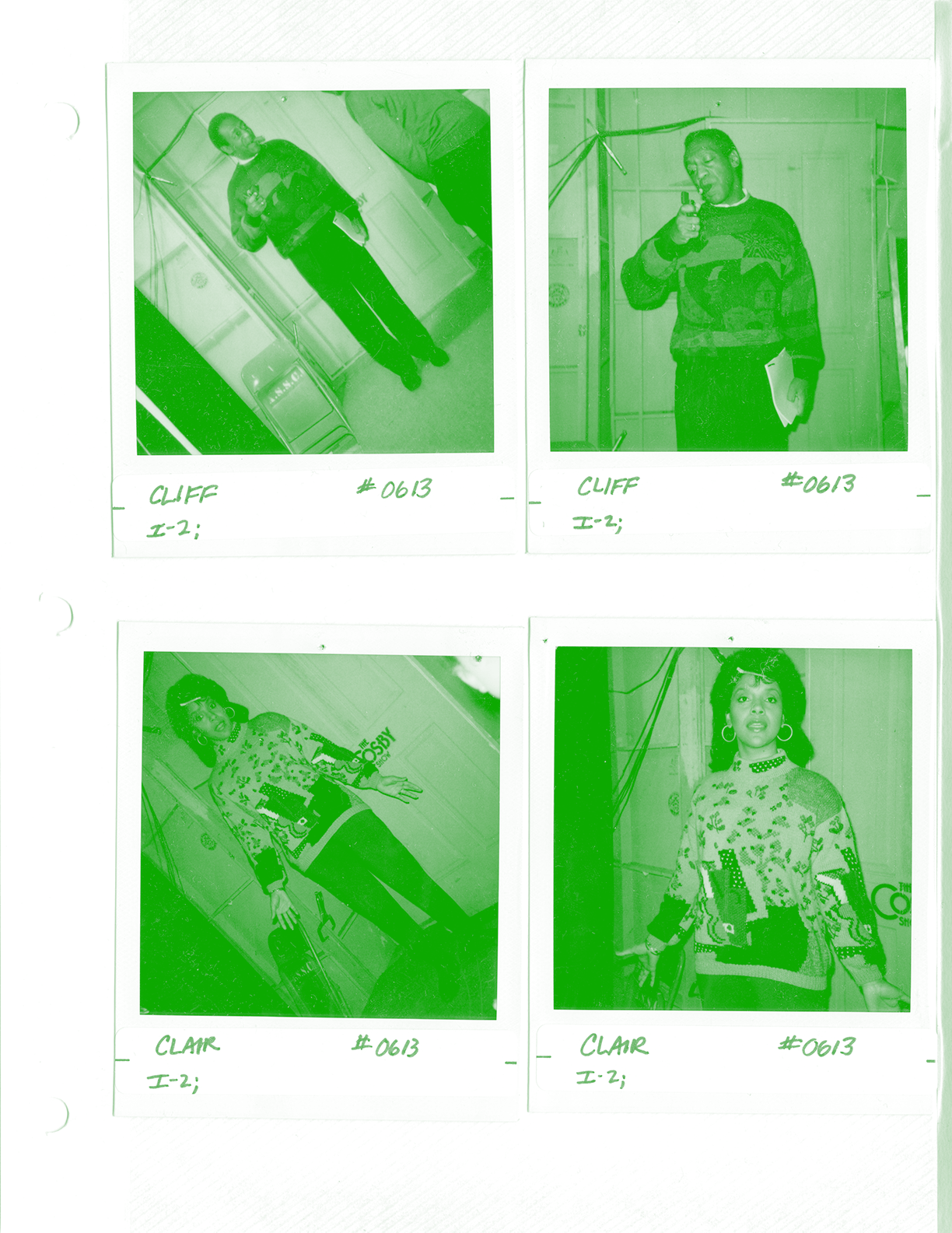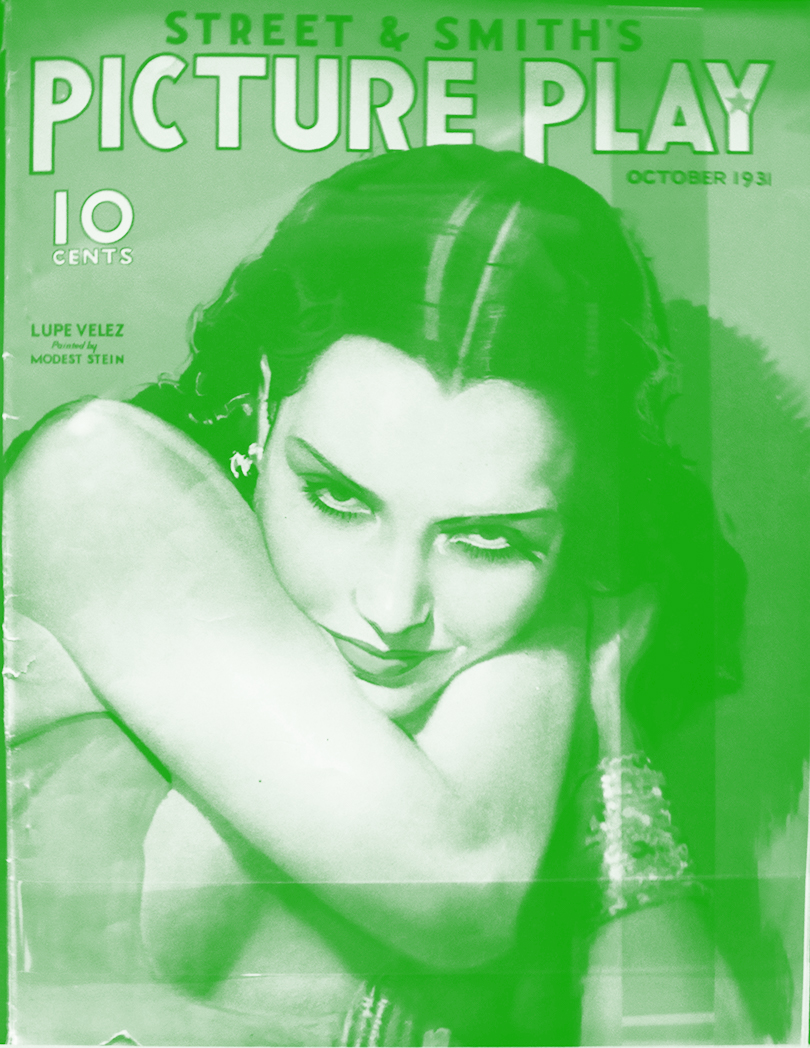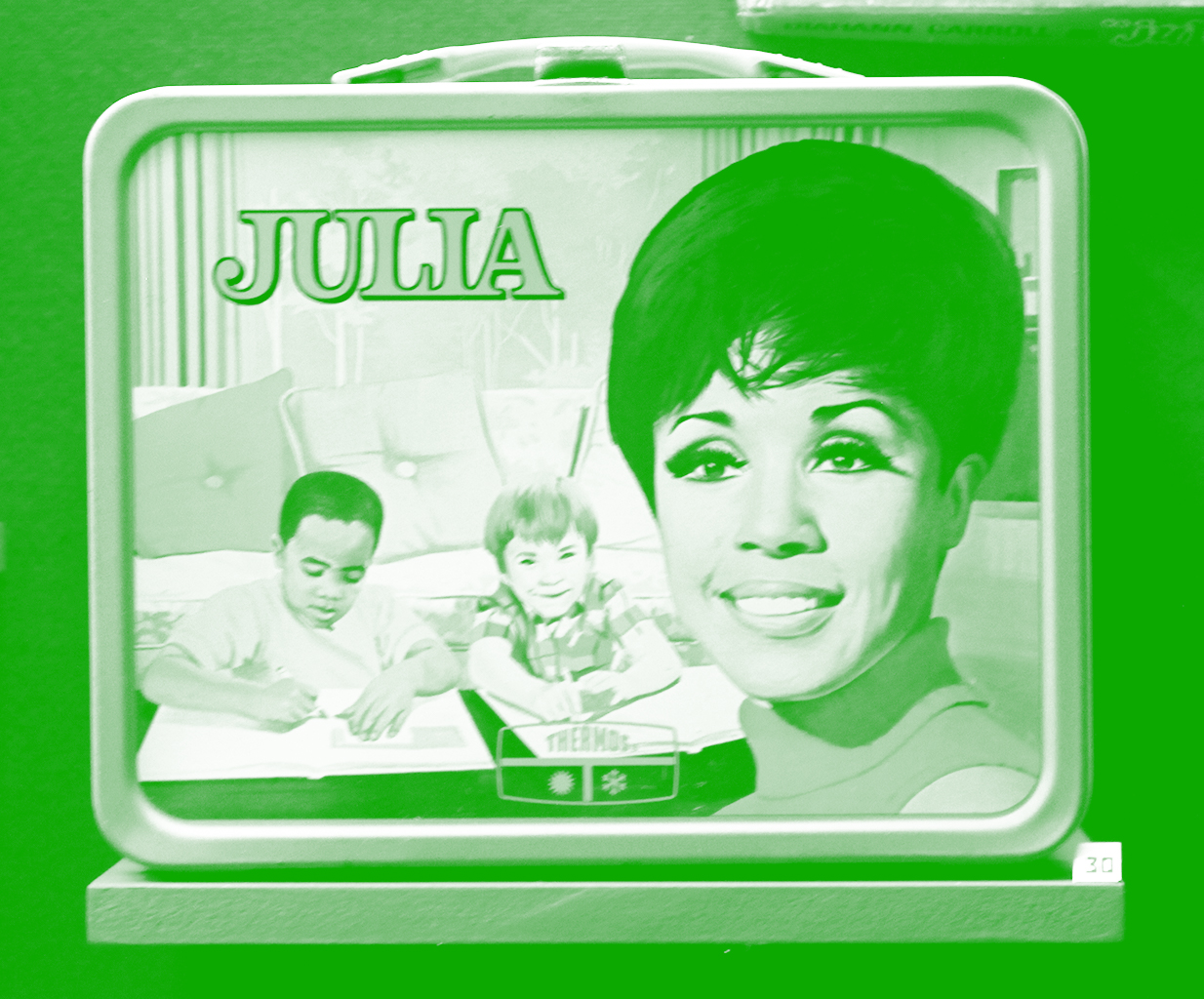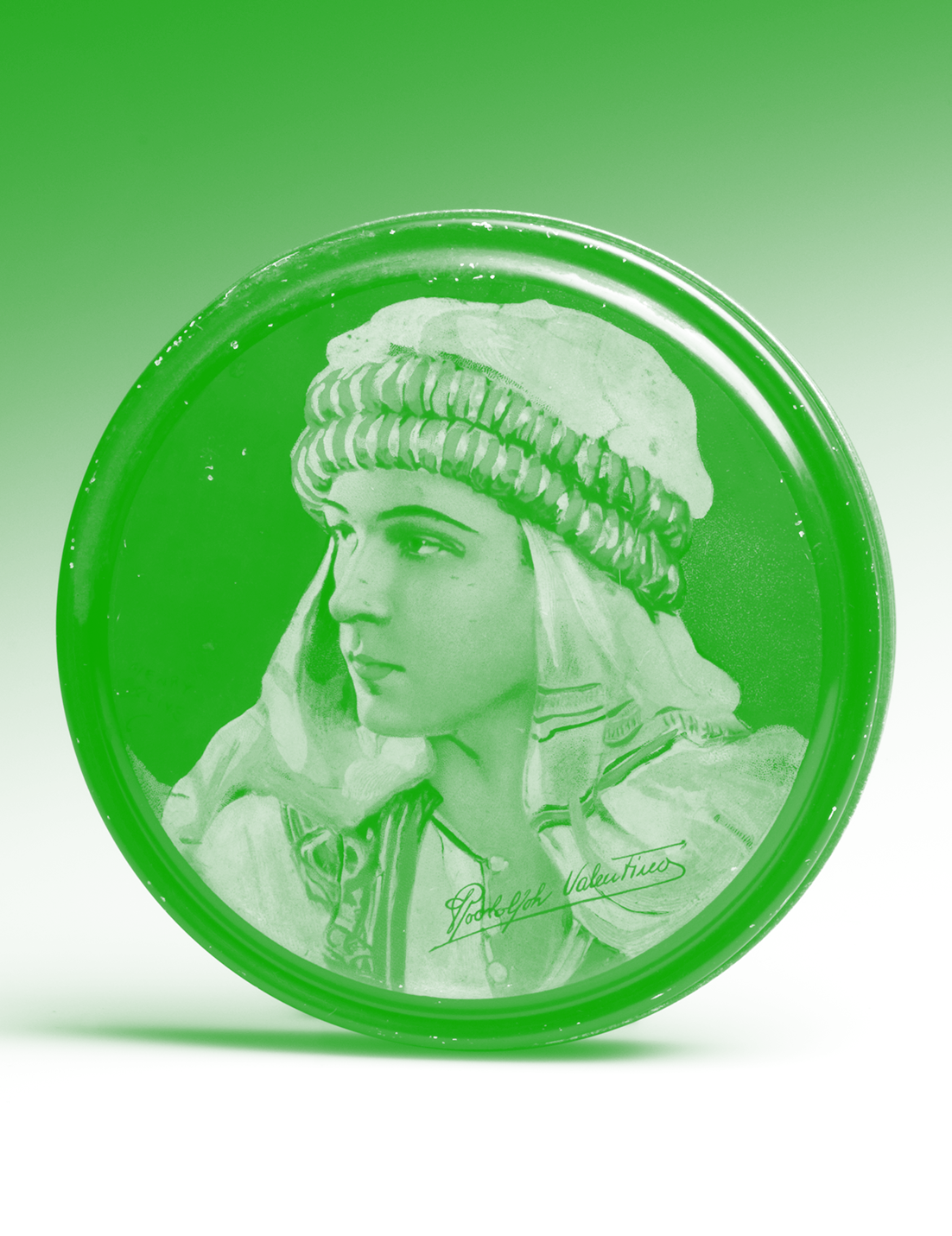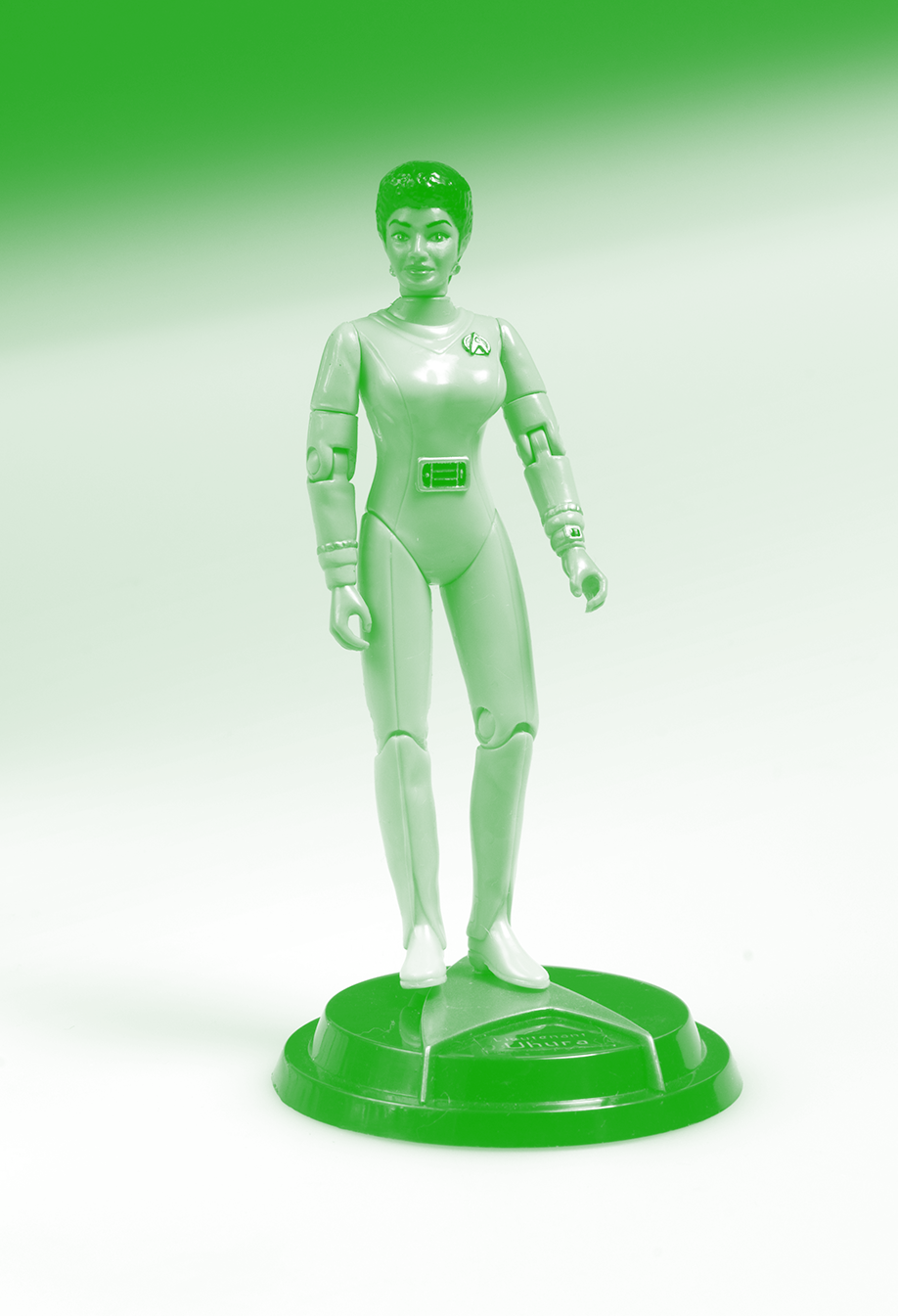WONDER ROOMS
Sessue Hayakawa, c. 1930
As you walk around the Portrait Gallery, you may notice a portrait of an elegant Japanese man with a smoldering gaze...
Continue...
Anna May Wong, c. 1938
Near the Hayakawa photograh, you will see a portrait of Anna May Wong, a pioneering Chinese-American actress whose career was marked by her struggle against getting typecast in her career, orbiting between stereotypical “Dragon Lady” and demure “Butterfly” roles. Her time in Hollywood was marked by disappointment and frustration at only being able to play negatively stereotyped roles, and going so far as to be deemed "too Chinese to play a Chinese.” The opportunity for more positive and less-stereotyped roles for Asian-Americans came in the 1930s following a growing American sympathy for China in its struggles with Japanese imperialism.
Continue...
Paul Robeson, c. 1933
Paul Robeson was a singer and actor who was known for both his cultural accomplishments and his political activism. Robeson broke multiple barriers and overcame insurmountable hurdles in his career, and his refusal to compromise on his political values and bend to the will of others made him both a revered figure and a feared and ostracized one. Among his many activist efforts, Robeson founded the American Crusade Against Lynching organization in 1946 following a failed meeting with President Truman convince him to inact anti-lynching legislation, campaigned to end Apartheid in South Africa, and fought for Aboriginal rights in Australia.
Continue...
Hattie McDaniel, c. 1940
Hattie McDaniel is the first Black actor to receive an Academy award for her portrayal of Mammy in the 1939 film Gone with the Wind. Her long and illustrious career was marked by racism, typecasting, and criticism from both white and Black people, all the way up to her death in 1952, when she was unable to be laid to rest at the Hollywood Cemetery, who practiced racial segregation at the time.
Continue...
Bert Williams, c. 1925
Bert Williams was an enormously popular Bahamanian-American entertainer and comedian of the Vaudeville era. He is the first Black man to have a leading role in a film and on the Broadway stage, and played an important role in pushing back against the immense racial barriers of turn-of-the-century America.
Continue...
Life Mask of Darby Jones, Zombies on Broadway (1945)
Not much is known about Darby Jones. He is best remembered for his roles in the films "I Walked With A Zombie" (1943) and "Zombies on Broadway" (1945). Though Jones could be considered a pioneering Black actor in Hollywood, like many other Black actors of the time, he was mostly relegated to playing servants and "jungle savage"-type roles.
Continue...
Preview Slide for Nanook of the North, 1922
“A couple guests of the museum have mentioned how this film was created by a white male filmmaker and how this also relates to the film being staged. I'm intrigued and also disturbed how this type of documentary filmmaking others the subjects and creates a bizarre archeological point of view of a living community.”
Continue...
Soundtrack Album for The King and I, 1956
A soundtrack album for The King and I depicts a man with East Asian-features gazing at a white woman wearing a fine ballgown. The titular King in the 1956 musical film adaptation of the 1951 stage musical was played by Yul Brynner, a white actor of Russian descent, who wore dark makeup and eye tape to approximate East Asian features.
Continue...
Advertisement for the New Yorker Theatre (New York, New York), 1969
If you peer closely at this advertisement, you might spot a photograph of Ousmane Sembène amongst the portraits of mostly white male European arthouse film directors. His 1966 film "Black Girl" was the first feature film ever released by a sub-Saharan African director, and his work directly addressed the reverberations of economic and racial oppression wrought by colonialism in Africa and Europe.
Continue...
Lobby Card for The Bronze Venus, 1938
The Bronze Venus was a 1938 musical “race movie” that is best known as the film debut of Lena Horne, a pioneering Brooklyn-born Black actress, singer, and dancer.
Continue...
Puppet, Regan MacNeil, The Exorcist, 1973
"For, I have seen the devil, by day and by night, and have seen him in you and in me: in the eyes of the cop and the sheriff and the deputy, the landlord, the housewife, the football player: in the eyes of some governors, presidents, wardens, in the eyes of some orphans, and in the eyes of my father, and in my mirror. It is that moment when no other human being is real for you, nor are you real for yourself. The devil has no need of any dogma—though he can use them all—nor does he need any historical justification, history being so largely his invention. He does not levitate beds, or fool around with little girls: we do.“
Continue...
Makeup Used for The Cosby Show (1984-1992)
Observing a collection of makeup used for the actors on “The Cosby Show”, you may reflect on the lack of widespread availability for makeup for darker skin tones before the 1970s.
Continue...
Sample Wall for the Set of Mo' Better Blues (1990)
Spike Lee is notorious for frequently utilizing his hometown of New York City as a backdrop for his films. Mo’ Better Blues was filmed all over the city, including the Brooklyn Bridge, the now-shuttered Tower Records store in Manhattan, and Greenwich Village’s Cherry Lane Theater.
Continue...
Script for Network (1976)
For Sidney Lumet’s 1976 satire about a fictional struggling television network, the director was interested in casting Vanessa Redgrave in the role of Diana Christensen, the head of the network’s programming department.
Continue...
Production Design Material for The Wiz (1978)
"The Wiz, directed by Sidney Lumet, was shot on studio sets, as well as at many New York City locations. These locations, including Coney Island, the World Trade Center, and the Hoyt-Schermerhorn subway station, were transformed by production designer Tony Walton in order to enhance the atmosphere of fantasy that is characteristic of the film."
Continue...
Set model for Carlito's Way (1993)
Carlito's Way follows a long pattern of Latinx representation onscreen, where Hollywood more often than not turned to white actors to portray brown characters. Al Pacino, plays a Puerto Rican man named Carlito (ten years after he portrayed Cuban drug lord Tony Montana) who keeps getting caught back up in the same cycle of crime that he vowed to escape.
Continue...
Lupe Velez in Picture Play, October 1931
Lupe Velez's come hither eyes beckon from her cover of Picture Play magazine, standing out from the demure ladies who surround her on the Fan Magazine wall. Velez was regularly cast as fiery, spitfire "exotic" women in her films, and coupled with her volatile personal life, was often referred to as the "Mexican Hurricane" and "The Hot Tamale" in gossip magazines.
Continue...
Fat Albert and the Cosby Kids Lunch Box, c. 1973
Fat Albert has a complicated legacy. It was created by Bill Cosby and based on his childhood in inner city North Philadelphia, and although it was one of the only prominent kids' cartoon shows from the era with an all-black cast and was meant to teach important lessons to children, the show also perpetuated racial stereotypes that played into the same Black respectability politics that also featured prominently in Cosby’s comedy standup and speeches.
Continue...
Julia Lunch Box, 1969
Diahann Carroll played the titular character in Julia as a widowed nurse and mother. It broke ground as the first TV series to feature a Black woman in the lead role who didn’t play a servant, with Carroll making history again as the first black actress to be nominated for an Emmy in 1969 for her role.
Continue...
Rudolph Valentino Beautebox, c. 1925
This beautebox depicts Rudolph Valentino in his role in the 1921 silent film The Sheik. Rudolph’s dark eyes and hair and “exotic” foreign heritage first typecast Valentino into villain roles. Later, after finding widespread success with his roles in The Four Horsemen of the Apocalypse and The Sheik, he became known as the “Latin Lover,” a persona constructed in part by the Hollywood studio system.
Continue...
Uhura Action Figure, 1974
Nichelle Nichols was cast in 1966 to play Lieutenant Uhura, a translator and communications officer from the United States of Africa in Star Trek, thus making Nichols the first African-American woman to have a continuing co-starring role on television. And on November 22, 1968, a kiss between Lieutenant Uhura and Captain Kirk, played by William Shatner, in the episode titled “Plato’s Stepchildren” was the first time a Black woman was shown kissing a white man on American broadcast television.
Continue...


